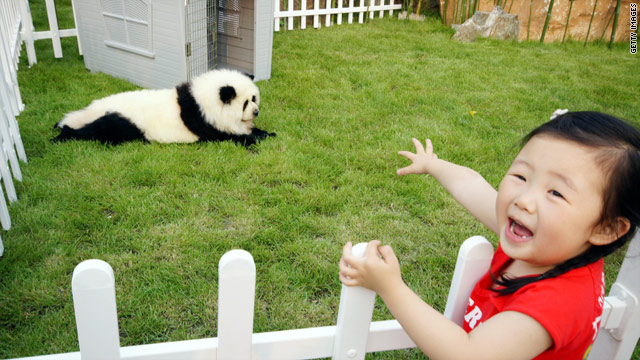When the first Asian pets exhibition was held in Hong Kong(香港) in 1997, China’s pet industry entered a new era. Over the 15 years since the event, China’s pet market developed very quickly and shows even more potential for growth.
By the end of 2010, the number of dogs and cats as pets in China reached 150 million. The total size of the pet industry reached 2.5 billion yuan compared to the world’s total turnover of sales which amounted to about 40 billion yuan. In addition, the amount of pet food sold increased by about 800% over the first decade of 21st century.
Despite the rapid growth of the pet market in China,it is still far from being mature. It is still a growing industry and needs to become more industrialized and regulated to develop further. The cooperation of pet owners, the help of professional people, the cooperation of organizations and mass media and learning from abroad are all indispensable to the development of the market in the future.
The pet market in China: differences between the north and the south
In north China, consumers are more focused on the prices of products, and they are accustomed to consuming in fixed shops. The products are mostly targeted towards the lower and medium class. While the scale of chain shops is big, there are few pet boutiques. The consumers of the north China pet market are mostly college-educated people who are about 30 years of age, with an average monthly income of 3000 yuan. There are two pet markets, about 20 boutique shops, over 30 agencies, and nearly 400 retail shops in Beijing(北京). The biggest chain shops are Kudi(酷迪), Lechong(乐宠), Percity, Tom Dog and Paiduoge(派多格).
In south China, consumers are more focused on the brand and are more willing to try new products. The wholesale market is smaller, but there are more boutique shops in Shanghai(上海). Consumers in this area are also more likely to purchase their products online.
Future trend
With the development of the online market, pet-related products are growing as it gains more online customers. Statistics from Taobao (淘宝网) show that pet-related products make up about 7% of total goods sold in the pet industry. As we can see, the pet industry is developing at a fast pace.
Despite this growth, there are backdrops that may hinder the industry’s further growth. For example, there are not enough service workers in the pet industry to meet the growing demand from Chinese pet owners. Also, Chinese domestic products are not as well-known as foreign brands, which makes them less competitive in the international market. In addition, the rate of development of the pet market in China is extremely unbalanced in different geographical regions.
Daxue Consulting Market Research
Sources:




